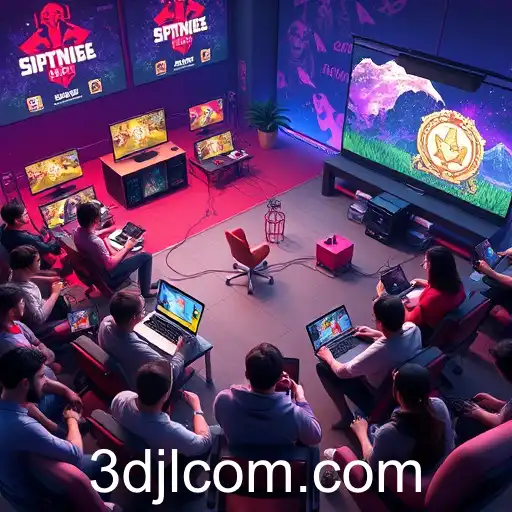In the dynamic realm of video gaming, multiplayer 3D games have carved a substantial niche, captivating players with their immersive environments and social connectivity. These games have undergone significant evolution, paralleling advancements in technology and shifts in player expectations. From humble beginnings with rudimentary graphics and simple mechanics, multiplayer 3D games have evolved into sprawling digital landscapes that host millions of players around the world.
At the heart of these games lies the integration of three-dimensional graphics, which provide a more realistic and engaging experience. The transition from 2D to 3D significantly enhanced gameplay, offering players the chance to explore detailed worlds, engage in complex missions, and interact with others in ways that were previously unimaginable. The development of sophisticated game engines and graphics technology has enabled designers to push the boundaries of realism, creating games that are not only visually stunning but also deeply immersive.
One of the defining features of multiplayer 3D games is their social aspect. These games serve as platforms for communication, collaboration, and competition, fostering communities that transcend geographical boundaries. Players can team up in cooperative missions, compete in grand tournaments, or simply socialize in virtual spaces, creating bonds and rivalries that mirror real-world relationships. The ability to connect with others worldwide is a powerful draw, transforming gaming from a solitary to a communal experience.
Moreover, the rise of eSports has been a significant driver in the popularity of multiplayer 3D games. Competitive gaming has grown exponentially, with professional players, teams, and tournaments drawing in vast audiences and substantial investments. Games like 'Fortnite', 'Call of Duty', and 'Apex Legends' have become household names, exemplifying how 3D multiplayer games can drive industry growth and mainstream acceptance.
However, the proliferation of multiplayer 3D games is not without its challenges. Issues such as maintaining server stability, dealing with toxic behavior, and ensuring digital security are constant concerns for developers and players alike. Despite these challenges, the future of multiplayer 3D games remains bright, with constant innovation poised to redefine the gaming landscape further.
In conclusion, multiplayer 3D games have not only transformed the gaming industry but have also reshaped how people interact and form communities. As technology continues to advance, these games will likely become even more integrated with everyday life, offering new ways to connect, compete, and create.

Exploring the world of multiplayer 3D games, their development, key features, and their impact on gaming culture and community.




